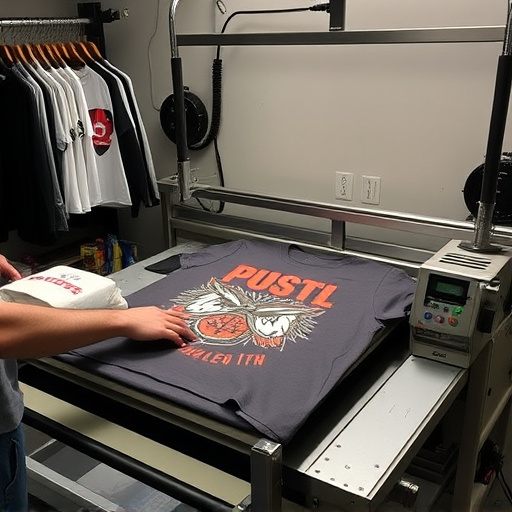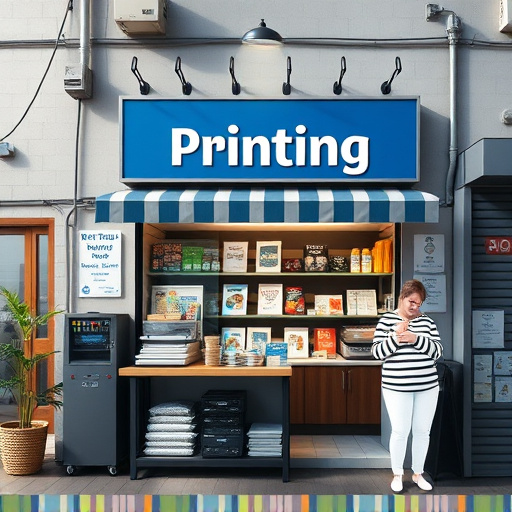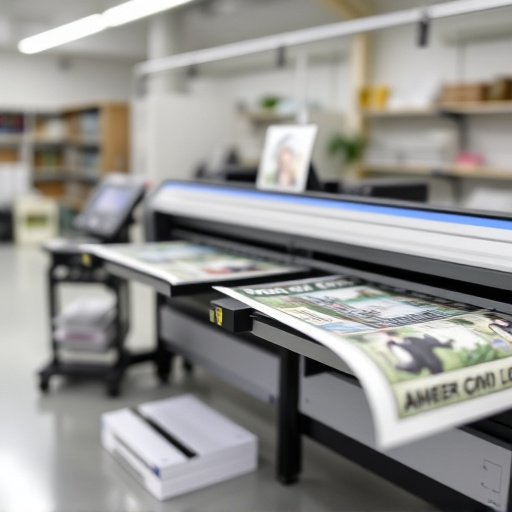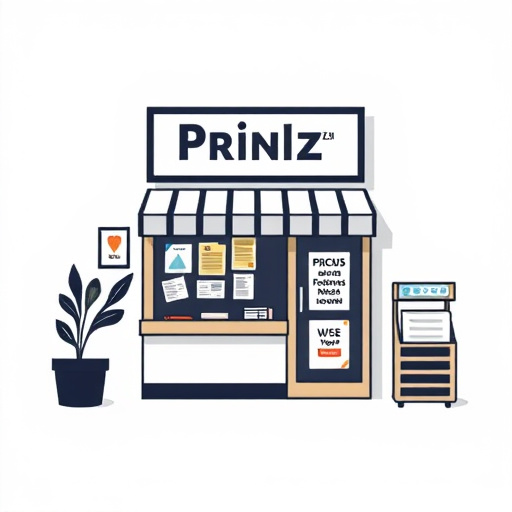The DTF Industry Growth has revolutionized garment customization, empowering local printers to expand services, cater to diverse clients, and stay competitive by embracing technological advancements like Direct-to-Garment (DTF) printing. They're adopting advanced heat press technologies, digital marketing strategies, and partnerships to reach broader markets, offering tailored solutions for individuals and businesses while solidifying their market position.
The dynamic DTF (Direct-To-Film) industry is experiencing exponential growth, unlocking new opportunities for local printers. As demand surges, these businesses are embracing technological advancements to stay competitive. This article explores how local printers are leveraging DTF Industry Growth to expand market share, highlighting key strategies for success. Discover insights into the future of printing as local operations adapt to meet evolving customer needs.
- DTF Industry Growth: Unlocking New Opportunities
- Local Printers Embrace Technological Advancements
- Expanding Market Share: Strategies for Success
DTF Industry Growth: Unlocking New Opportunities

The DTF Industry Growth has been nothing short of phenomenal, revolutionizing the way we approach garment customization and design. This surge in popularity is opening up a myriad of opportunities for local printers to expand their services and cater to a diverse range of clients. With advancements in technology, the process of creating custom sheets for heat pressing designs onto garments, also known as DTF transfers, has become more efficient and accessible.
Printers are now equipped to offer intricate and detailed DTF designs, from simple logos to complex artwork, allowing businesses and individuals alike to bring their creative visions to life. This growth in the DTF industry means that local printers can diversify their offerings, target new markets, and stay ahead of the competition by staying updated with the latest trends and techniques in garment customization.
Local Printers Embrace Technological Advancements

Local printers are no longer just relying on traditional methods; they’re embracing technological advancements to keep pace with the thriving DTF Industry Growth. Direct-to-garment (DTF) printing for t-shirts, in particular, has become a game-changer, allowing printers to streamline their processes and offer more diverse designs at competitive prices. This shift is not just about adopting new machinery; it’s a strategic move to stay relevant and cater to the evolving demands of the market.
With technological innovations like dtf transfers, local printers are now equipped to handle complex artwork, intricate details, and vibrant colors with ease. The integration of digital technology into their workshops enables them to work faster, more accurately, and with greater flexibility. This not only enhances their productivity but also opens up opportunities for custom printing services, attracting a wider range of customers from individuals to businesses seeking unique promotional items or personalized merchandise.
Expanding Market Share: Strategies for Success

With the DTF Industry Growth spurring innovation and demand, local printers are strategically expanding their market share. To stay competitive in this dynamic landscape, many businesses are investing in advanced heat press technologies, enabling them to offer a wider array of products with faster turnaround times. This shift towards efficient, high-quality dtf printing for light fabrics has opened doors to new opportunities, particularly in bulk DTF shirt production.
Printers are also leveraging digital marketing strategies and establishing partnerships with clothing manufacturers and retailers to reach a broader customer base. By offering tailored solutions, competitive pricing, and exceptional service, local printers are positioning themselves as reliable partners in the ever-evolving print industry, solidifying their place in the market amidst the DTF Industry Growth.
The booming DTF Industry Growth has prompted local printers to adapt and expand, showcasing a dynamic market where technological advancements play a pivotal role. By embracing innovative strategies, these businesses are not only increasing their market share but also contributing to a vibrant, evolving printing landscape. This shift highlights the industry’s potential to revolutionize local printing services, offering new opportunities for success in the digital age.














